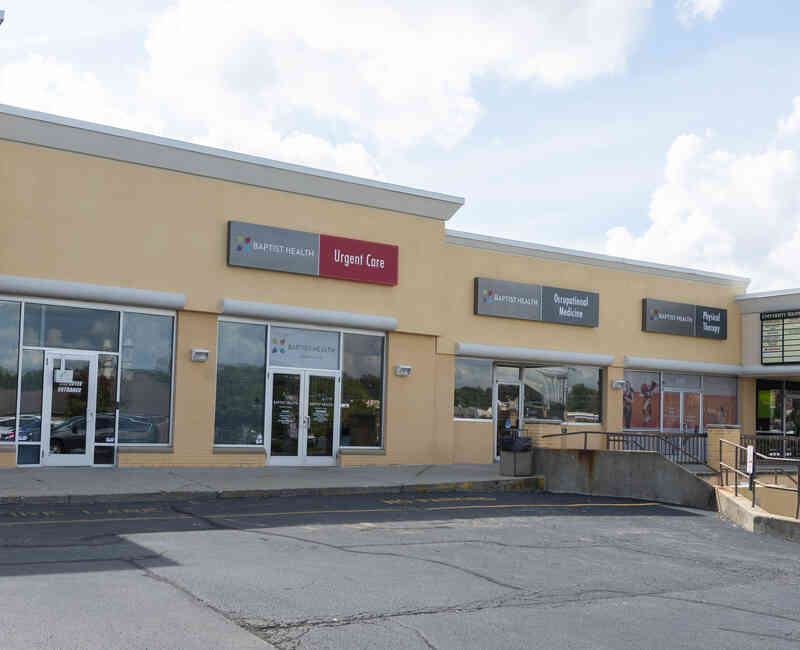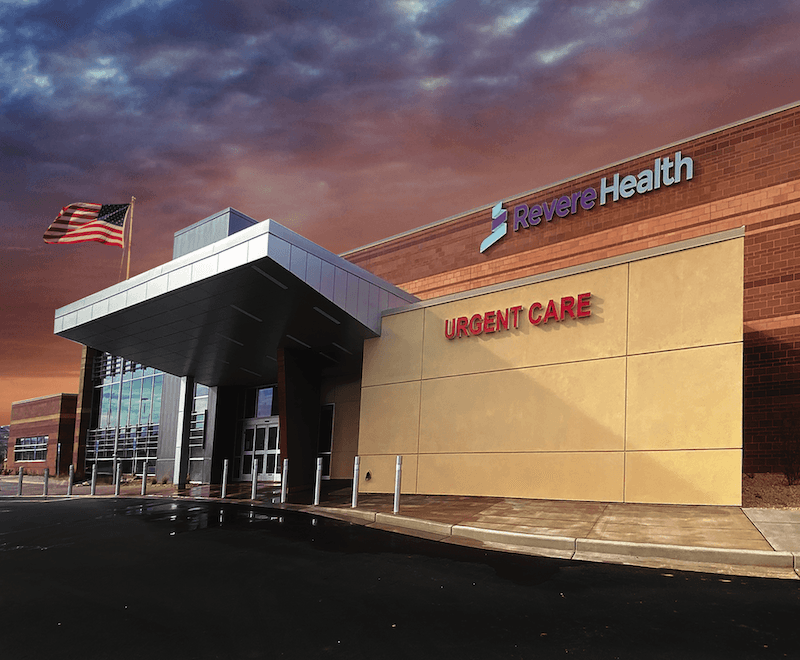Professional Guidance on Navigating Clinic Options for Urgent Care
Professional Guidance on Navigating Clinic Options for Urgent Care
Blog Article
How Urgent Treatment Clinics Enhance Access to Health Care for Patients With Immediate however Non-Emergent Medical Requirements
Urgent treatment clinics have actually become an essential part in the healthcare landscape, dealing with the demands of patients who need instant focus for non-emergent problems. By operating beyond conventional workplace hours and offering a structured method to minor injuries and health problems, these facilities not just minimize the problem on emergency situation divisions however likewise boost total person access to prompt care. As we take into consideration the implications of this model, it ends up being important to take a look at how immediate treatment clinics are changing person experiences and results in ways that warrant more expedition.
Duty of Urgent Care Clinics
Urgent care centers play an essential role in the medical care system by offering prompt and accessible clinical services for non-life-threatening conditions. These centers work as a crucial bridge in between health care suppliers and emergency situation departments, successfully alleviating the problem on health centers while ensuring clients receive timely care. By running expanded hours, including weekends and nights, urgent treatment facilities deal with individuals who may not have the flexibility to check out a traditional doctor's workplace during basic service hours.
The range of services provided at urgent care facilities consists of therapy for small injuries, diseases, and diagnostic services such as X-rays and lab tests. This breadth of care enables people to deal with a selection of health worries without the lengthy delay times typically related to emergency clinic. In addition, immediate care clinics usually use a diverse team of medical care experts, consisting of physicians, nurse practitioners, and medical professional assistants, who are outfitted to take care of various medical scenarios.
Advantages of Immediate Accessibility

Additionally, instant accessibility minimizes the burden on primary treatment providers and emergency divisions by diverting less important cases to suitable setups. This alleviates overcrowding in emergency clinic, allowing those with true emergencies to obtain the immediate treatment they need without unnecessary hold-ups.
Furthermore, the comfort of extensive hours and walk-in accessibility means that people can seek treatment without the need for appointments, which is particularly helpful for individuals with uncertain schedules or those that might experience unexpected wellness problems. - Urgent Care
The ease of access of immediate treatment clinics fosters an aggressive strategy to wellness, motivating people to look for clinical recommendations and treatment sooner instead of later. This not only enhances patient fulfillment however likewise promotes a society of preventative treatment, inevitably causing much healthier neighborhoods.
Comparison With Emergency Clinic
Frequently, clients discover themselves not sure whether to see an immediate treatment clinic or an emergency clinic when faced with a clinical concern. Urgent Care. Recognizing the differences in between these two health care choices is essential for making educated choices. Immediate treatment centers are designed to resolve non-emergent but prompt medical concerns, such as minor injuries, infections, or ailments. They typically run with extensive hours, consisting of nights and weekend breaks, offering prompt access for clients that might not need the comprehensive services of a health center.
In contrast, emergency rooms are furnished to deal with lethal situations and severe medical emergencies, such as cardiovascular disease, strokes, or major injury. These centers provide advanced diagnostic tools and expert appointments, which can cause much longer wait times for patients with much less crucial issues. Typically, emergency situation areas often tend to be extra costly than urgent care centers, making urgent care an extra cost-effective alternative for non-emergent requirements.
Ultimately, while both immediate care centers and emergency clinic play crucial roles in the medical care system, recognizing their particular functions allows individuals to pick the proper setting based upon the seriousness and nature of their clinical concerns.
Providers Supplied by Urgent Care
Urgent care centers offer a broad selection of services customized to deal with non-emergent medical needs, making them a hassle-free alternative for patients looking for timely interest. These facilities are furnished to deal with different conditions, including small cracks, sprains, and lacerations, which require prompt treatment however do not require emergency area intervention.
Furthermore, immediate care clinics provide diagnostic solutions such as X-rays and lab tests, permitting for quicker analysis and treatment of ailments. Patients typically existing with usual conditions like colds, influenza, and infections, which can be efficiently taken care of on-site. Additionally, urgent care centers frequently provide precautionary solutions, including inoculations and health testings, adding to total public wellness.
One more crucial solution used is the management of persistent conditions aggravated by intense symptoms, such as bronchial asthma or diabetes mellitus, ensuring individuals get prompt care without overwhelming emergency services. Numerous centers additionally expand their hours beyond standard workplace routines, boosting availability for patients that might call for care throughout weekend breaks or evenings.
Improving Client Results

Urgent care centers are furnished to handle a series of non-emergent clinical issues, including minor injuries, infections, and diseases. Their concentrate on easily accessible, top notch weblink care enables people to receive preventative solutions and proper therapies, fostering far better wellness management. Additionally, read review these clinics frequently employ a multidisciplinary strategy, integrating different medical care experts to make sure thorough treatment.
Patient education is likewise a crucial element of improving outcomes. Urgent treatment carriers often provide assistance on follow-up treatment, safety nets, and way of living alterations, equipping patients to take an energetic role in their wellness. As a result, the mix of instant accessibility, specialist treatment, and patient education and learning not just improves fulfillment but likewise leads to improved long-lasting health results, enhancing the value of urgent treatment centers in the health care continuum.
Conclusion
In summary, urgent care clinics offer an important duty in boosting healthcare accessibility for individuals with immediate, non-emergent medical demands. Ultimately, urgent care facilities are vital in linking the space between key treatment and emergency situation services, ensuring effective and obtainable health care for neighborhoods.
On average, emergency rooms tend to be more pricey than immediate treatment centers, making immediate treatment a much more affordable option for non-emergent requirements. (Urgent Care)

Eventually, urgent treatment facilities are crucial in connecting the space between main care and emergency situation services, ensuring accessible and effective healthcare for neighborhoods.
Report this page